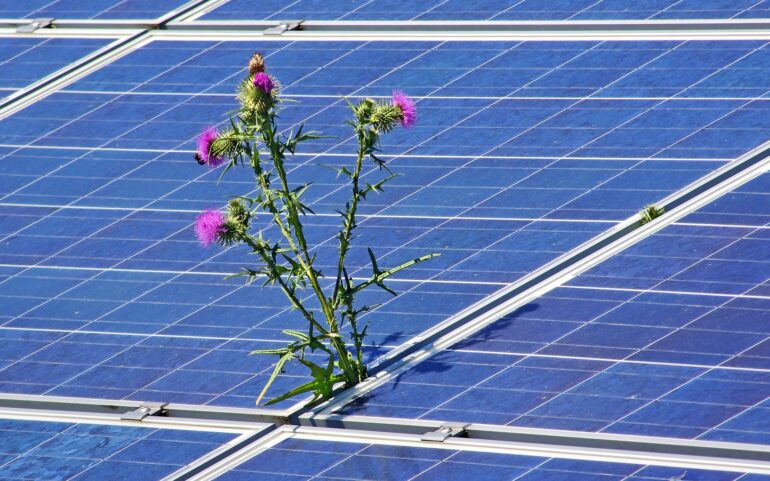TL;DR:
- Solar energy is increasingly popular, but solar cells can degrade over time, impacting efficiency and electricity generation.
- AI and machine learning offer solutions for accurately predicting solar cell degradation and optimizing performance.
- These technologies analyze vast data to identify patterns and correlations not easily detected through traditional methods.
- Factors like temperature, humidity, UV radiation, and mechanical stress contribute to degradation, but AI can determine their impact.
- AI and machine learning can predict degradation rates, aiding financial planning and long-term viability.
- Continuous monitoring and real-time analysis allow for proactive maintenance and performance optimization.
- AI and machine learning have the potential to revolutionize the solar energy industry.
Main AI News:
The proliferation of solar energy as a renewable power source has propelled solar cells into the spotlight, serving as vital components that convert sunlight into electricity. Nevertheless, solar cells are not impervious to the ravages of time, which can trigger a decline in efficiency and a subsequent reduction in electricity generation. As the demand for solar energy escalates, it becomes increasingly imperative to gain deeper insights into and accurately predict solar cell degradation, thereby safeguarding the enduring feasibility of solar power installations. Artificial intelligence (AI) and machine learning emerge as the dynamic duo poised to offer promising solutions in this realm, empowering accurate predictions of solar cell degradation and optimizing their performance.
AI and machine learning algorithms harbor the potential to revolutionize the solar energy industry by unraveling the intricate factors that contribute to solar cell degradation. These advanced technologies boast the capacity to analyze vast troves of data from diverse sources, including historical performance records, environmental conditions, and material properties. Through discerning patterns and correlations that may elude traditional analytical methodologies, AI and machine learning enables the development of more precise models for predicting solar cell degradation. Consequently, superior planning, maintenance, and optimization of solar power installations can be achieved.
The multifaceted nature of predicting solar cell degradation presents a major challenge, as it involves the complex interplay of various factors. Temperature, humidity, ultraviolet (UV) radiation, and mechanical stress are just a few of the variables that can influence performance decline. By leveraging AI and machine learning algorithms, it becomes possible to comprehensively analyze these variables and their interactions, pinpointing the factors that exert the most substantial impact on solar cell degradation. Armed with this information, targeted strategies can be devised to mitigate the effects of these factors. For instance, selecting materials with enhanced resistance to UV radiation or implementing cooling systems to mitigate temperature-related degradation.
Beyond unraveling the contributors to solar cell degradation, AI and machine learning also harbor the ability to predict the rate at which solar cells degrade over time. This capacity assumes paramount importance when it comes to financial planning and the long-term viability of solar power installations. By capitalizing on AI and machine learning algorithms, researchers can develop models that effectively account for the intricate interplay between various factors and provide more accurate projections of energy output and return on investment. This surpasses the capabilities of conventional methods and enhances the precision of predictions.
Furthermore, the influence of AI and machine learning extends to optimizing the performance of solar cells throughout their lifespan. By continuously monitoring the performance of solar cells and analyzing real-time data, AI algorithms can swiftly detect early signs of degradation. Consequently, proactive maintenance measures or adjustments can be recommended to optimize performance. This proactive approach not only prolongs the lifespan of solar cells but also maximizes the overall efficiency of solar power installations.
Conclusion:
The integration of AI and machine learning in predicting solar cell degradation represents a significant breakthrough for the market. By harnessing the power of these technologies, companies can enhance their understanding of the complex factors impacting solar cell performance. This knowledge enables better planning, maintenance, and optimization of solar power installations. With accurate predictions and proactive measures, businesses can ensure the long-term viability and success of solar power as a sustainable source of renewable energy.
The use of AI and machine learning positions companies at the forefront of innovation, enabling them to meet the growing demand for solar energy while maximizing efficiency and financial returns. Embracing these advanced technologies will be crucial for staying competitive and capitalizing on the immense potential of the solar energy market.

